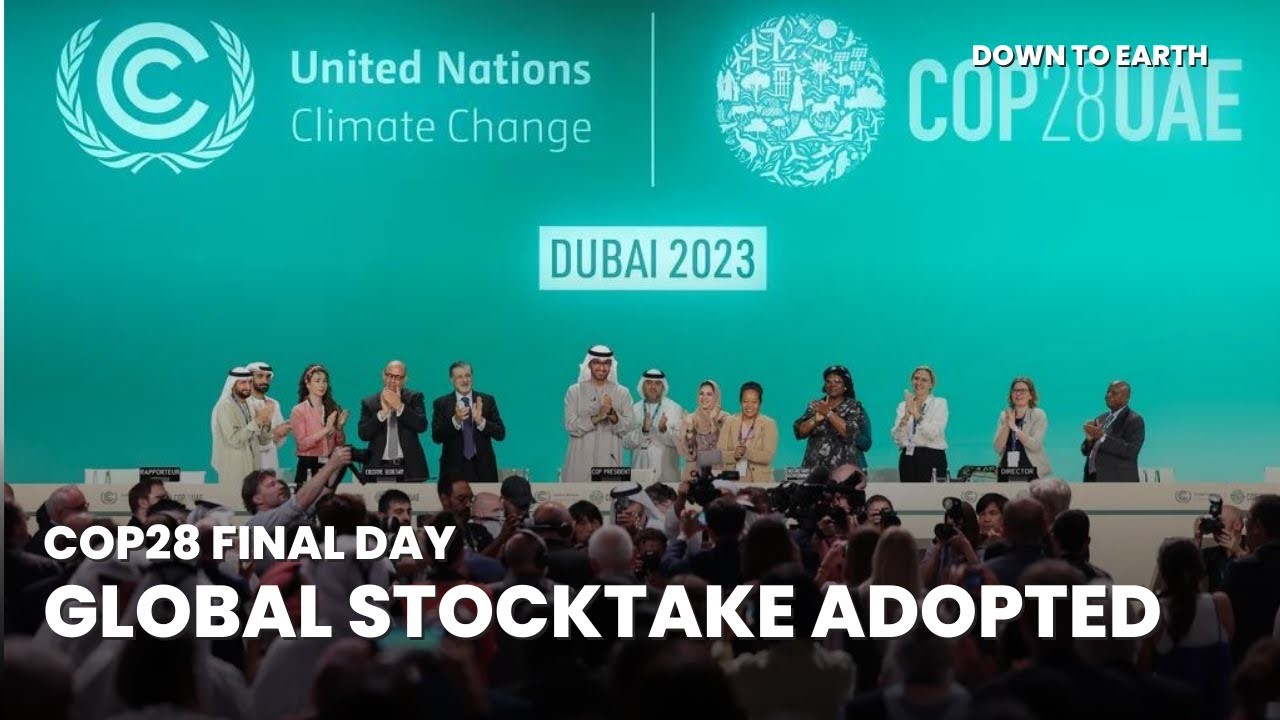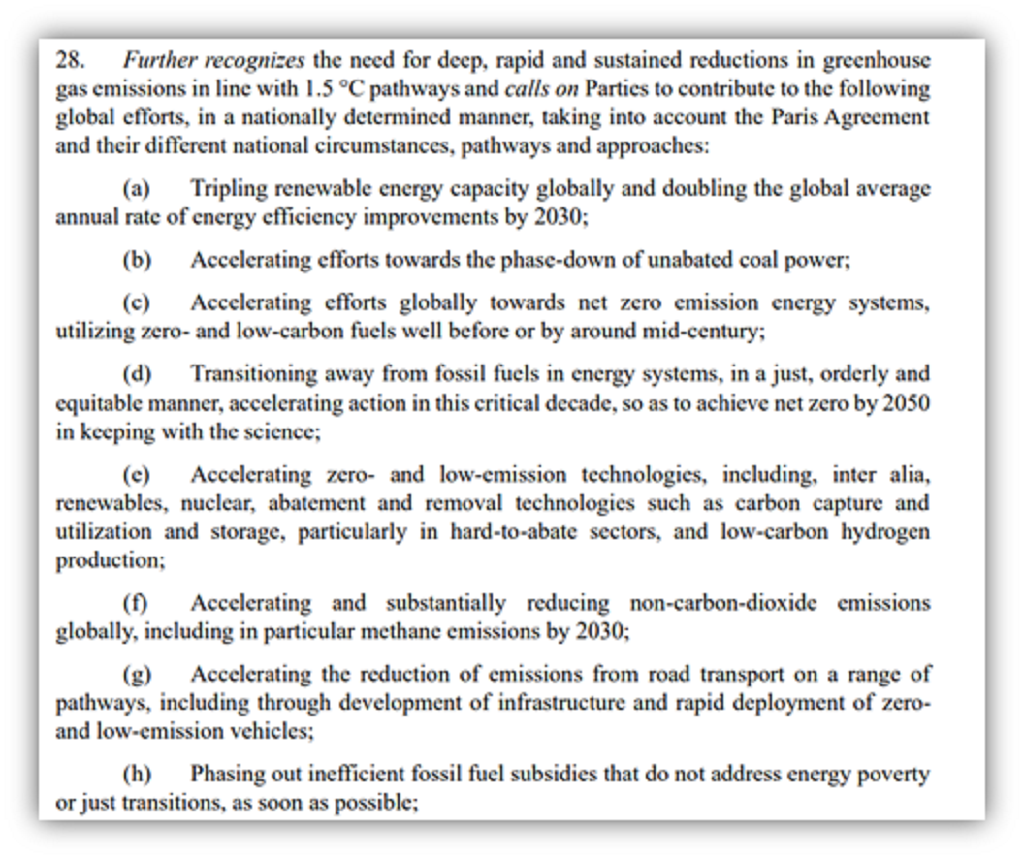Free Courses Sale ends Soon, Get It Now


Free Courses Sale ends Soon, Get It Now



Disclaimer: Copyright infringement not intended.
Context
READ ALL ABOUT THE CONCEPT OF GLOBAL STOCKTAKE: https://www.iasgyan.in/daily-current-affairs/global-stocktake
Highlights of the Global Stocktake
Fossil fuels

NDCs

There is acknowledgement that the successful achievement of NDCs in developing countries is subject to receiving adequate finance and other support. However, while earlier versions specifically highlighted that this must come from developed countries, there is no such accountability now.
Adaptation

Finance

SUMMARY
Helping countries strengthen resilience to the effects of climate change
Increasing climate finance
Event participation and inclusivity
Strengthening collaboration between governments and key stakeholders
Significance
|
PRACTICE QUESTION Q. The negotiations at COP28 laid the ground for a new era of implementing the Paris Agreement. Discuss. |
© 2024 iasgyan. All right reserved